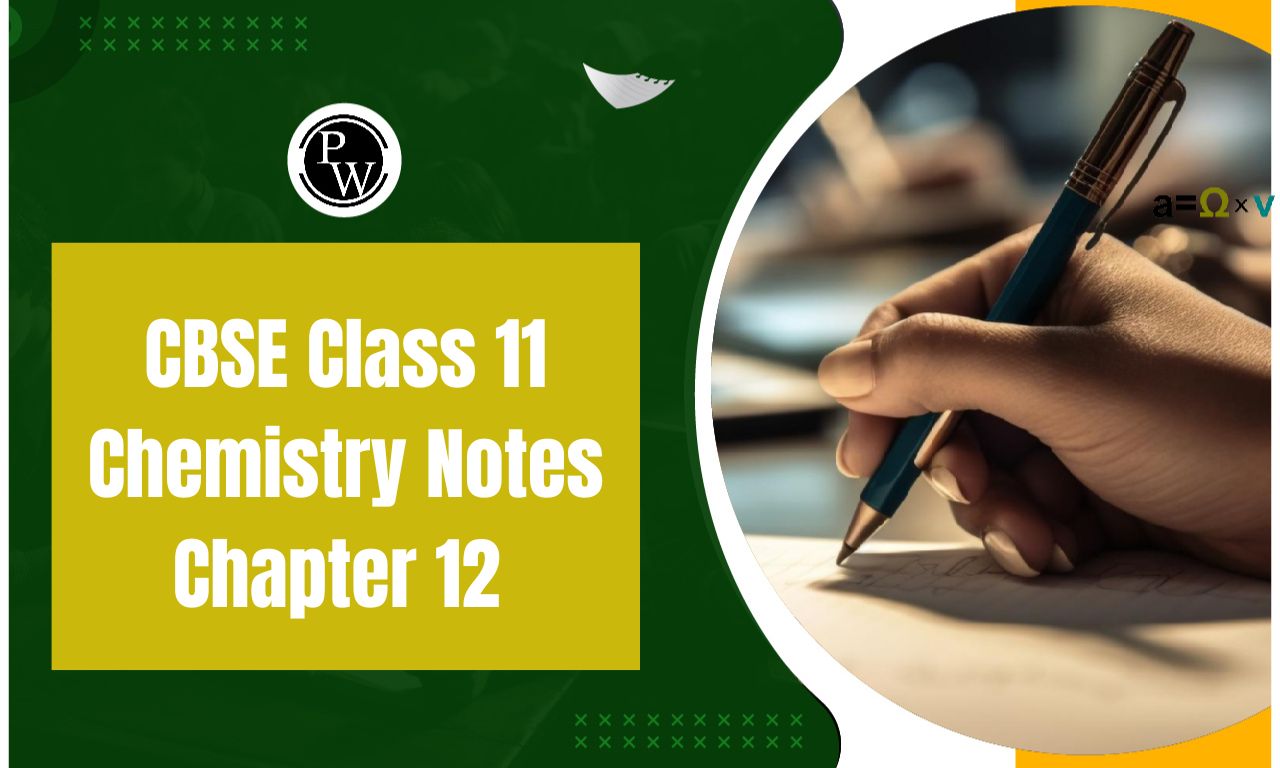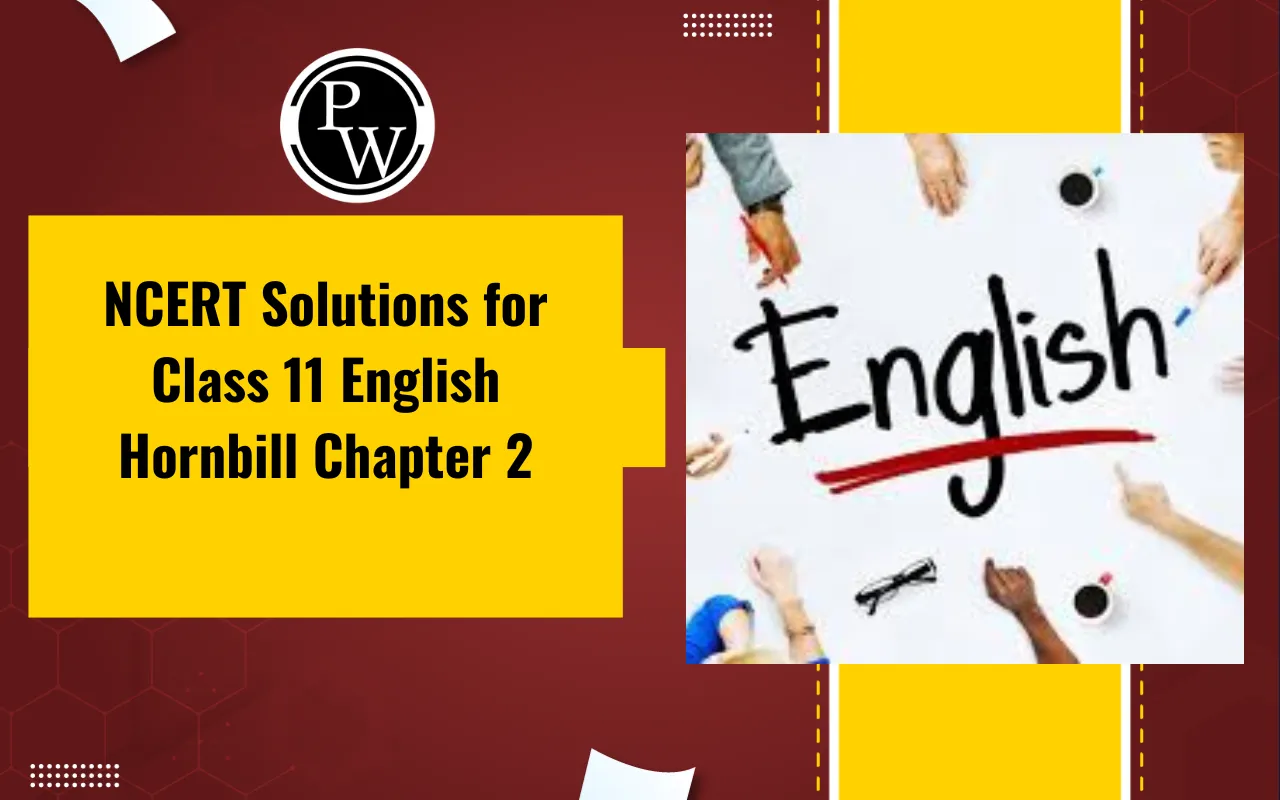
NCERT Solutions for Class 11 Maths Chapter 1 Exercise 1.6: Chapter 1 of Class 11 Maths, "Sets," introduces the concept of sets, their representation, and operations. Exercise 1.6 focuses on practical applications of set theory through real-world problems, enhancing logical thinking. This exercise covers operations like union, intersection, and difference of sets, along with solving word problems using Venn diagrams.
It emphasizes solving problems based on the number of elements in sets, helping students understand the relationships between sets. By practicing this, students learn to analyze and represent data effectively using sets. The exercise lays the groundwork for understanding advanced topics like relations and functions in higher mathematics.NCERT Solutions for Class 11 Maths Chapter 1 Exercise 1.6 Overview
Chapter 1 of Class 11 Maths, "Sets," introduces the foundational concept of sets, crucial for understanding modern mathematics. Exercise 1.6 focuses on operations like union, intersection, and difference of sets, along with practical word problems involving Venn diagrams. This exercise helps students develop logical thinking and problem-solving skills by analyzing relationships between sets and solving real-life problems. Understanding these concepts is essential as they form the basis for advanced topics like relations, functions, probability, and algebra. Mastery of Exercise 1.6 ensures a strong mathematical foundation, enabling students to apply set theory in various fields, including data science and computer science.NCERT Solutions for Class 11 Maths Chapter 1 Exercise 1.6 PDF
Chapter 1 of Class 11 Maths, "Sets," is a fundamental topic that introduces students to the basics of set theory, including operations like union, intersection, and difference of sets. Exercise 1.6 focuses on solving real-world problems using these concepts and Venn diagrams. It enhances logical reasoning and problem-solving skills. Below, we have provided the NCERT Solutions for Class 11 Maths Chapter 1 Exercise 1.6 in a downloadable PDF format to help students understand and practice these concepts effectively.NCERT Solutions for Class 11 Maths Chapter 1 Exercise 1.6 PDF
NCERT Solutions for Class 11 Maths Chapter 1 Exercise 1.6 Sets
Below is the NCERT Solutions for Class 11 Maths Chapter 1 Exercise 1.6 Sets -1. If X and Y are two sets, such that n (X) = 17, n (Y) = 23 and n (X ∪ Y) = 38, find n (X ∩ Y).
Solution:
Given, n (X) = 17 n (Y) = 23 n (X U Y) = 38 We can write it as n (X U Y) = n (X) + n (Y) – n (X ∩ Y) Substituting the values, 38 = 17 + 23 – n (X ∩ Y) By further calculation, n (X ∩ Y) = 40 – 38 = 2 So, we get n (X ∩ Y) = 22. If X and Y are two sets, such that X ∪Y has 18 elements, X has 8 elements, and Y has 15 elements, how many elements does X ∩ Y have?
Solution:
Given, n (X U Y) = 18 n (X) = 8 n (Y) = 15 We can write it as n (X U Y) = n (X) + n (Y) – n (X ∩ Y) Substituting the values, 18 = 8 + 15 – n (X ∩ Y) By further calculation, n (X ∩ Y) = 23 – 18 = 5 So, we get n (X ∩ Y) = 53. In a group of 400 people, 250 can speak Hindi and 200 can speak English. How many people can speak both Hindi and English?
Solution:
Consider H as the set of people who speak Hindi and E as the set of people who speak English. We know that n (H ∪ E) = 400 n (H) = 250 n (E) = 200 It can be written as n (H ∪ E) = n (H) + n (E) – n (H ∩ E) By substituting the values, 400 = 250 + 200 – n (H ∩ E) By further calculation, 400 = 450 – n (H ∩ E) So, we get n (H ∩ E) = 450 – 400 n (H ∩ E) = 50 Therefore, 50 people can speak both Hindi and English.4. If S and T are two sets such that S has 21 elements, T has 32 elements, and S ∩ T has 11 elements, how many elements does S ∪ T have?
Solution:
We know that n (S) = 21 n (T) = 32 n (S ∩ T) = 11 It can be written as n (S ∪ T) = n (S) + n (T) – n (S ∩ T) Substituting the values, n (S ∪ T) = 21 + 32 – 11 So, we get n (S ∪ T)= 42 Therefore, the set (S ∪ T) has 42 elements.5. If X and Y are two sets such that X has 40 elements, X ∪Y has 60 elements, and X ∩Y has 10 elements, how many elements does Y have?
Solution:
We know that n (X) = 40 n (X ∪ Y) = 60 n (X ∩ Y) = 10 It can be written as n (X ∪ Y) = n (X) + n (Y) – n (X ∩ Y) By substituting the values, 60 = 40 + n (Y) – 10 On further calculation, n (Y) = 60 – (40 – 10) = 30 Therefore, set Y has 30 elements.6. In a group of 70 people, 37 like coffee, 52 like tea, and each person likes at least one of the two drinks. How many people like both coffee and tea?
Solution:
Consider C as the set of people who like coffee and T as the set of people who like tea. n (C ∪ T) = 70 n (C) = 37 n (T) = 52 It is given that n (C ∪ T) = n (C) + n (T) – n (C ∩ T) Substituting the values, 70 = 37 + 52 – n (C ∩ T) By further calculation, 70 = 89 – n (C ∩ T) So, we get n (C ∩ T) = 89 – 70 = 19 Therefore, 19 people like both coffee and tea.7. In a group of 65 people, 40 like cricket, and 10 like both cricket and tennis. How many like tennis only and not cricket? How many like tennis?
Solution:
Consider C as the set of people who like cricket and T as the set of people who like tennis. n (C ∪ T) = 65 n (C) = 40 n (C ∩ T) = 10 It can be written as n (C ∪ T) = n (C) + n (T) – n (C ∩ T) Substituting the values, 65 = 40 + n (T) – 10 By further calculation, 65 = 30 + n (T) So, we get n (T) = 65 – 30 = 35 Hence, 35 people like tennis. We know that (T – C) ∪ (T ∩ C) = T So, we get, (T – C) ∩ (T ∩ C) = Φ Here, n (T) = n (T – C) + n (T ∩ C) Substituting the values, 35 = n (T – C) + 10 By further calculation, n (T – C) = 35 – 10 = 25 Therefore, 25 people like only tennis.8. In a committee, 50 people speak French, 20 speak Spanish, and 10 speak both Spanish and French. How many speak at least one of these two languages?
Solution:
Consider F as the set of people in the committee who speak French and S as the set of people in the committee who speak Spanish. n (F) = 50 n (S) = 20 n (S ∩ F) = 10 It can be written as n (S ∪ F) = n (S) + n (F) – n (S ∩ F) By substituting the values, n (S ∪ F) = 20 + 50 – 10 By further calculation, n (S ∪ F) = 70 – 10 n (S ∪ F) = 60 Therefore, 60 people in the committee speak at least one of the two languages.Benefits of Using NCERT Solutions for Class 11 Maths Chapter 1 Exercise 1.6
Step-by-Step Explanations: Provides detailed solutions to all questions, ensuring a clear understanding of set operations and their applications.
Saves Time: Helps in quickly solving complex problems with precise and structured methods.
Exam Preparation: Solutions are aligned with the NCERT syllabus, making them highly relevant for exam-focused practice.
Enhanced Problem-Solving Skills: Develops logical reasoning through practical problems involving union, intersection, and Venn diagrams.
Foundation for Advanced Topics: Builds a strong base for future topics like relations, functions, and probability.
Convenience: Easy-to-follow solutions simplify self-study and allow students to revise efficiently.
NCERT Solutions for Class 11 Maths Chapter 1 Exercise 1.6 FAQs
Is sets easy in class 11?
Which chapter is most important in math class 11?
How to pass in 11th maths?
Is set a difficult exam?
What is p in sets?










